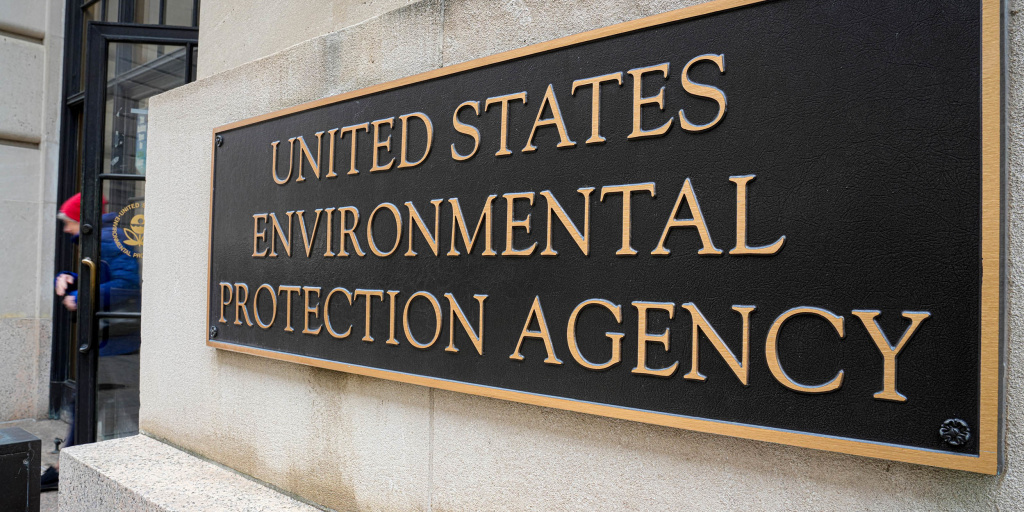EPA in Chaos: Mass Layoffs and Critical Tool Disabled Amid Internal Turmoil

In a dramatic shake-up at the Environmental Protection Agency, 168 employees have been abruptly placed on administrative leave, signaling potential widespread workforce reductions. The agency is currently experiencing a tense and uncertain environment, with staff members reporting an overwhelming sense of anxiety and apprehension about their professional futures.
Insiders describe a workplace atmosphere charged with uncertainty, where employees are grappling with the possibility of imminent job losses. The administrative leave notices have created a palpable sense of unease, with many workers wondering about the scope and implications of these unexpected personnel changes.
Sources within the EPA suggest that this initial wave of administrative leave could be just the beginning, hinting at potentially more significant staffing transformations on the horizon. The uncertainty has left many dedicated environmental professionals feeling vulnerable and concerned about their career trajectories.
As the situation continues to unfold, employees are closely monitoring developments and bracing themselves for what might be a substantial restructuring of the agency's workforce.

